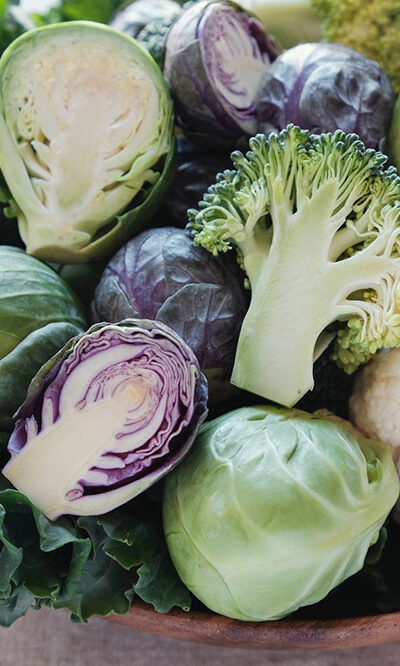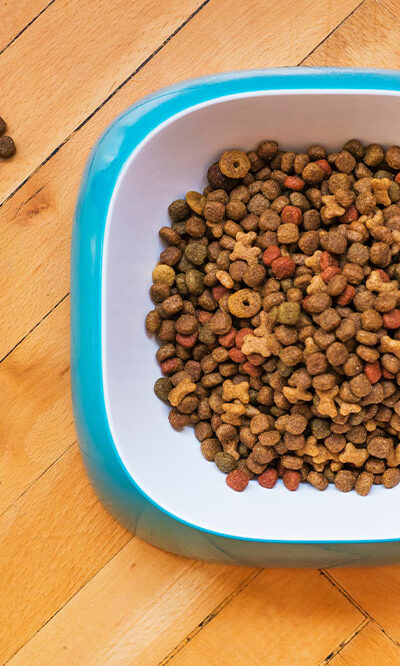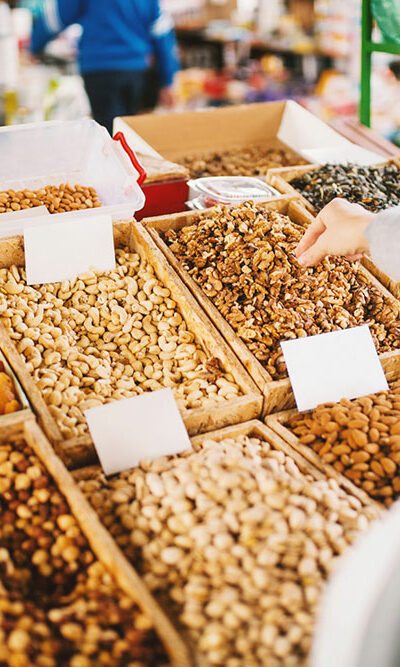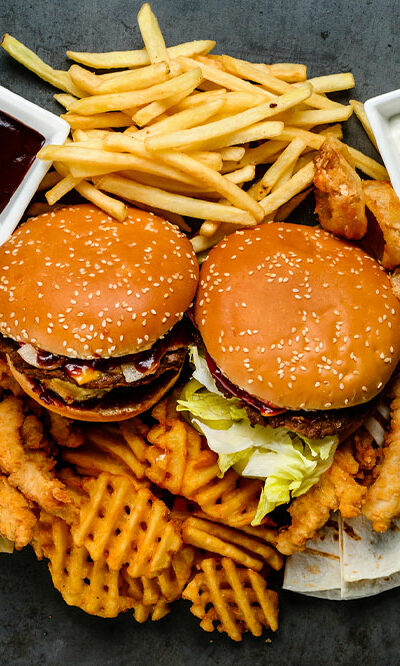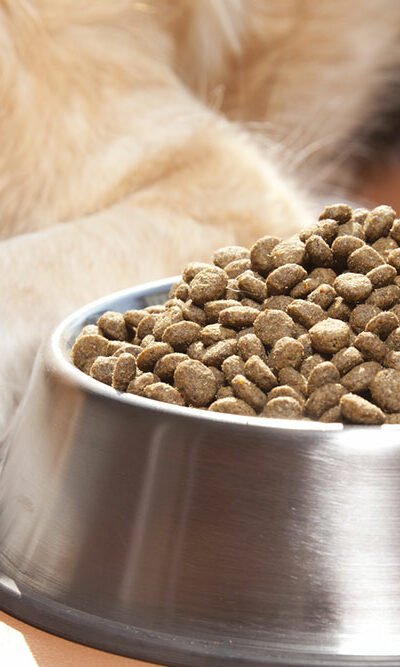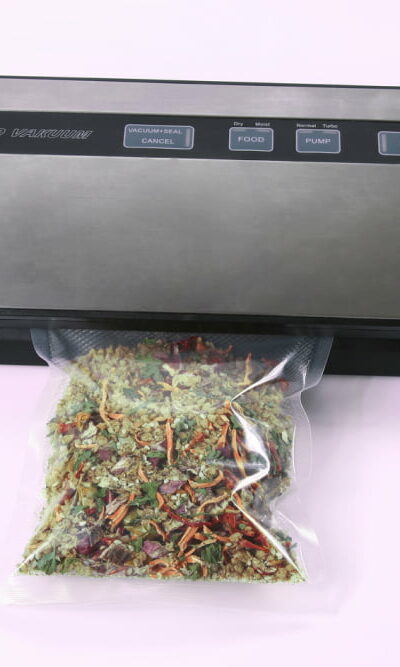
10 simple tips to use food vacuum sealers
Whether one wants to pack food at home or in a commercial setting, a food vacuum sealer can be considered. The machine helps increase the shelf life and freezer storage of food. The process removes oxygen, which is a leading factor in food degradation. However, using food vacuum sealers isn’t straightforward and may require prior knowledge if one is a first-time user. So, here are ten handy tips to help one use this product. Pick the right sealer Before sealing any food item, picking the ideal machine for the job is important. If one wants to vacuum seal liquids or foods in jars, a standard vacuum machine cannot remove the oxygen and seal it. Moreover, some home-use sealers may not accommodate the sizes of items one wants to preserve in the house. One should see if additional features are available and pick the right one. Those who wish to pack several items in less time should look for sealers that are fast enough to handle such loads. Freeze meats before sealing One of the best ways to preserve meat is to freeze them before sealing them. This is because many types of bacteria thrive at room temperature, and doing so could help minimize their growth. Furthermore, freezing food before thawing it first could make it safer and ensure the cuts are more delicious. Placing meat in the freezer before sealing helps preserve all juices during storage, which is helpful if one decides to cook later. Use folded wax paper to cover sharp food edges Sealing meats, beef jerky, and dehydrated foods is tedious, especially if the bag is thin. Even thick bags might get punctured because of the sharp edges these foods may have. One could use wax paper to cover these sharp edges and serve as a layer of protection.
